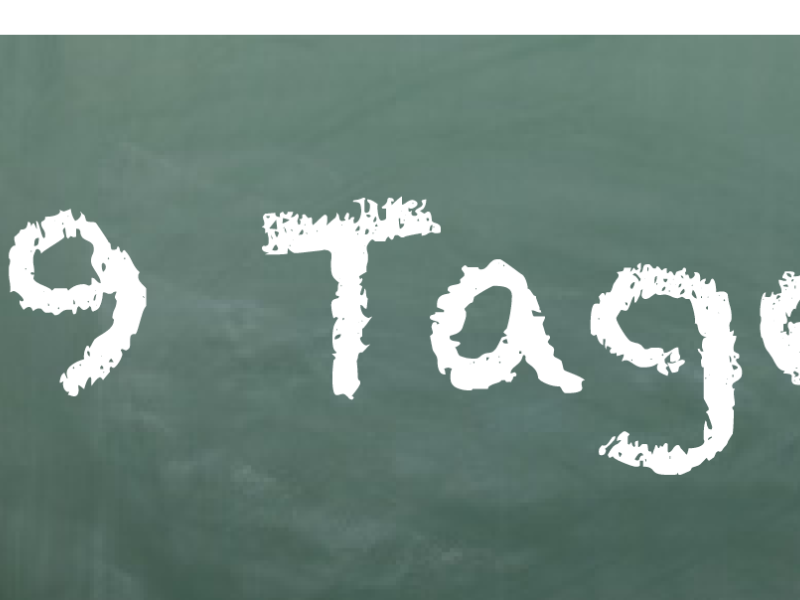If you have not only been annoyed about the cancelled handball training in the last few days, but have also been wondering why Germany is going into the "lockdown light" for exactly four weeks, the following simple calculation might help to clarify the situation:
Chancellor Merkel said last week that above a so-called incidence (weekly new infections per 100,000 inhabitants) of 50, contact tracking by health authorities no longer works. The incidence in Germany on the first day of the lockdown is 120. Now the question is: How long do we need this "lockdown light" until the incidence is back at or below 50?
In spring, during the first severe restrictions, the incidence per day decreased by about 6%. The current restrictions are not quite as severe as in spring. In addition, we spend a lot of time indoors because of the lower temperatures, which plays into the virus' hands. Therefore, we suspect (and sophisticated modelling of virus spread suggests it) that the incidence is now more likely to fall by 3% per day.
How many days of "lockdown light" are needed to ensure contact tracking again if the incidence drops by 3% per day? The mathematical formula for the calculation is as follows:
![]()
where x is the number of days needed to decrease from incidence 100 to 50. Thus:

Using some logarithmic laws that we dug out of our old math book, we find out that it actually takes 29 days to get back to an incidence of 50.
If we were to play it safe and aim for an incidence of 25, the lockdown would end just before Christmas. And if we wanted a "No-Covid-Germany" (so let’s say an incidence of less than 1), we would see each other again the week after Easter.
